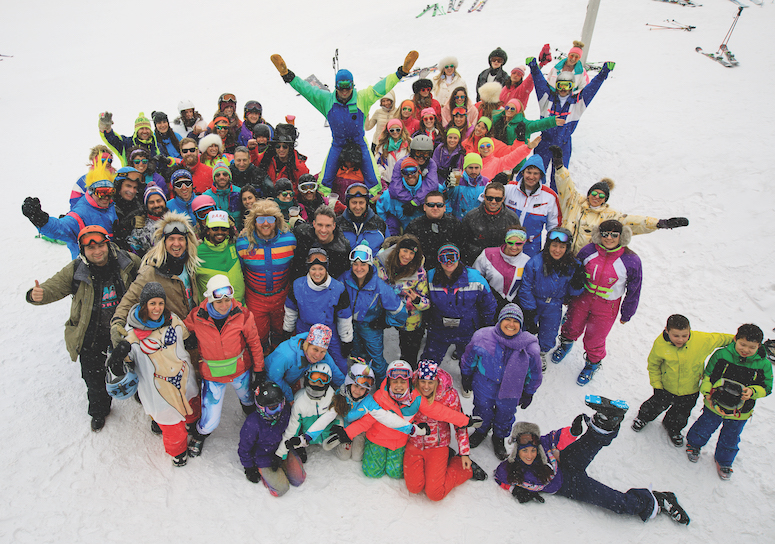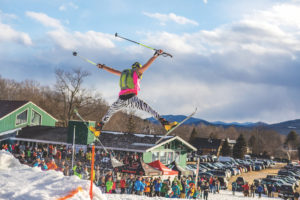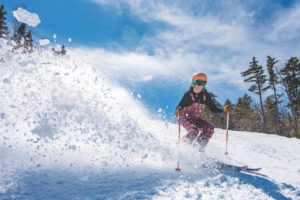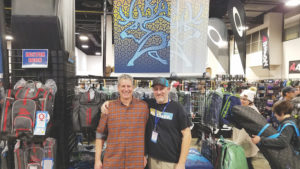
As we drove along Park City’s Main Street toward the High West Distillery, we were surrounded by historic brick buildings containing dimly lit restaurants and trendy boutiques. Inside the distillery, a tall post-and-beam ceiling gave off an “Old Western” ambiance. Visitors sipped cocktails while sharing stories from the slopes. At the Grand Summit Hotel, located at the base of the Canyons Village side of the resort, guests reconvened at the restaurants, or dispersed to the spa. Some soaked in the hotel’s trio of outdoor hot tubs and heated pool. We hadn’t even had time to ski yet, and we already were immersed in the culture of après ski.
The concept of après ski isn’t new. Since the mid-19th century, shortly after downhill skiing originated in Telemark, Norway, skiers have gathered at each other’s homes in true après fashion, sharing stories, meals and drinks. These gatherings eventually led to the foundation of ski clubs, which quickly spread across Europe, continuously evolving. Before long, après ski had transformed from informal gatherings in skiers’ homes to dances and formal events at grand hotels.
North America’s ski country wasn’t far behind, and it was New England leading the nation’s charge. In 1872, shortly after organized skiing came to the logging town of Berlin, New Hampshire, the Skiklubben Club was founded with the goal of promoting nordic skiing. Currently known as the Nansen Ski Club, the club was the first documented modern day ski club in North America, and is still in operation today. The popularity of ski clubs continued to spread, and would prove to be a long-lived New England tradition.
As the popularity of skiing began to grow and ski culture flourished, winter became a profitable time for tourism in mountain towns that were previously fruitful only during the summer months. France coined the term “après ski,” which literally translates to “after ski,” during the early 20th century to describe the celebration of a great day on the hill through food and drink.



